Toyota Hilux Hydrogen Fuel Cell Prototype Debuts Globally with Close to 590Km Range
A hydrogen-powered Toyota Hilux prototype has made its debut in the global market. The prototype borrows fuel-cell technology from the Mirai FCEV and claims a range close to 590 kilometre.

Toyota has achieved progress toward its goal of promoting carbon-free mobility by uncloaking a hydrogen fuel cell-powered Hilux prototype at its Manufacturing UK Burnaston automobile plant in Derby, England. The concept harbours Mirai hydrogen fuel cell electric sedan's fundamental mechanical components underneath the hood. Three high-pressure fuel tanks are used to store hydrogen, giving the prototype Hilux a predicted driving range of about 590 kilometre. This project, according to the company, began as a feasibility study in early 2022 and entered design and development on July 1 of that same year. Toyota began creating the prototype on June 5, 2023 and claims that the first ten will be constructed before the end of the year. These prototypes will go through in-depth testing to make sure that they fulfill the high standards expected of a production model in terms of functionality, safety, dynamic performance, and durability.
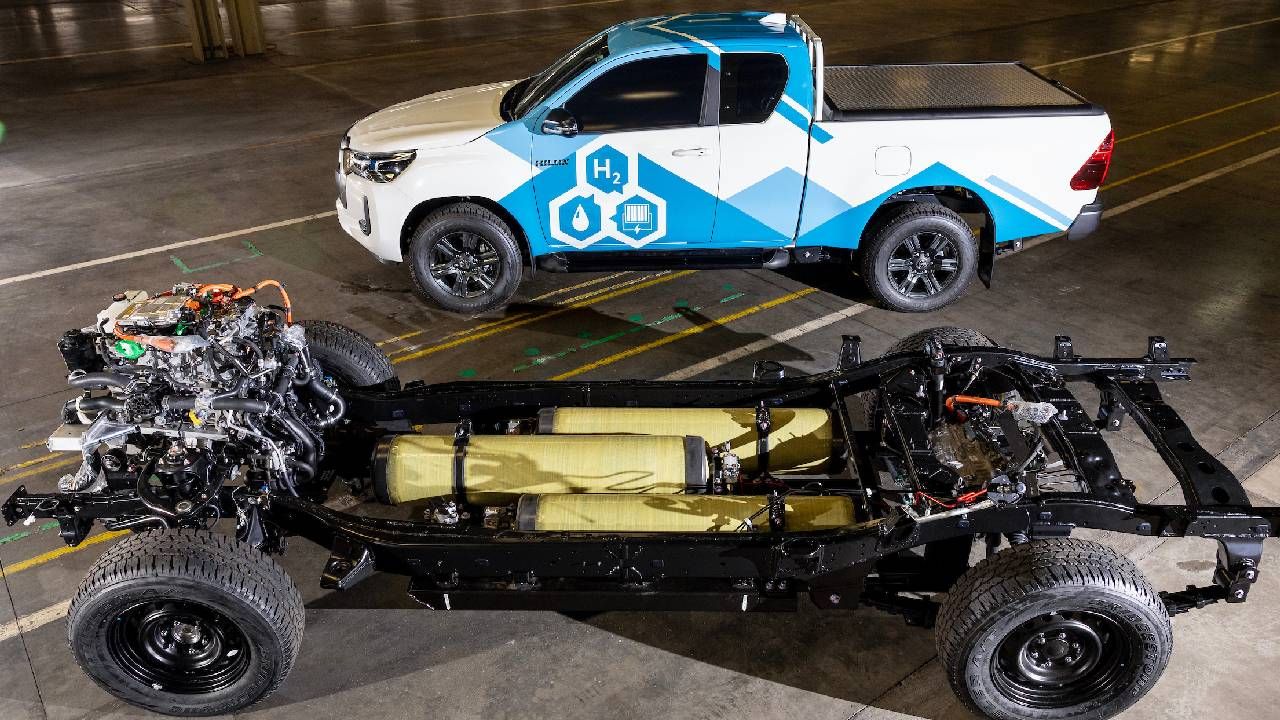
Also Read: Upcoming Toyota Century SUV Teased Ahead of Global Debut on September 6, Will it Arrive in India?
Toyota Hilux Hydrogen Fuel Cell Prototype: Mechanical Specifics
The Toyota Mirai hydrogen fuel cell electric vehicle is used as the basis for the Hilux FCEV's mechanical structure. Incorporated into the center of the Hilux's structure are three high-pressure storage tanks that can store hydrogen gas and give the vehicle a range of nearly 590 kilometre. In an effort to preserve interior space, the fuel cell stack's battery, which stores electricity, is placed in the load bay in the rear. A steel lid protects the actual cargo bay. Toyota claims that, like the Mirai, the Hilux will only release water vapor while in motion. Besides this, the auto giant has not revealed any other details such as towing capability, weight, and others.
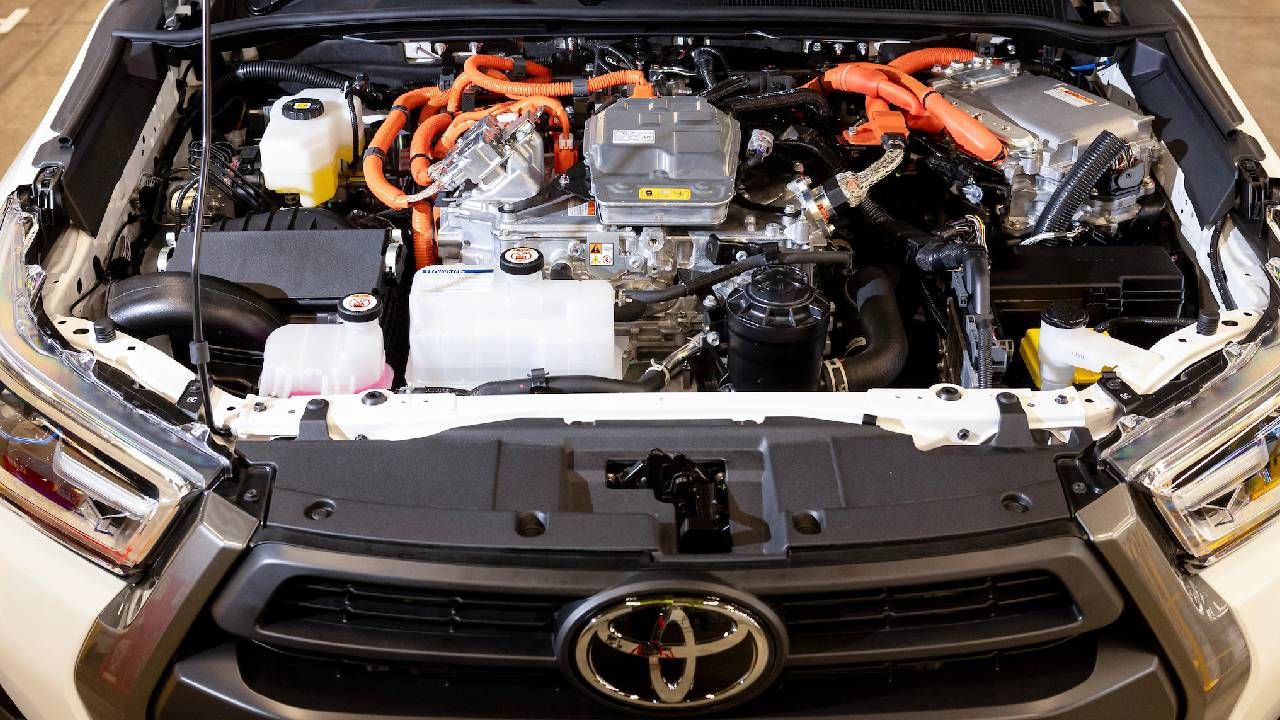
Toyota Hilux Hydrogen Fuel Cell Prototype: Other Key Details
The new pick-up prototype was created in a collaborative effort with consortium partners and financial assistance from the UK Government. Although the project was started as research in early 2022, it was completed only at the beginning of this year's June. For this hydrogen-powered Hilux prototype, the automaker took assistance from its consortium partners, which consists of Ricardo, and other firms.
Also Read: Toyota Rumion vs Maruti Suzuki Ertiga Spec Comparison: Which One You Should Buy?
The computational fluid dynamics (CFD) analysis was performed by D2H Advanced Technologies, while Thatcham Research was tasked with determining repairability and developing an FCEV training program for the repair market. The fuel cell components were technically integrated into the prototype's chassis with assistance from the engineering firm Ricardo. Ten prototypes were planned by the corporation; nine of these hydrogen-powered Hilux vehicles, which employ fuel-cell technology derived from the Mirai FCEV, will be produced by the end of this year.

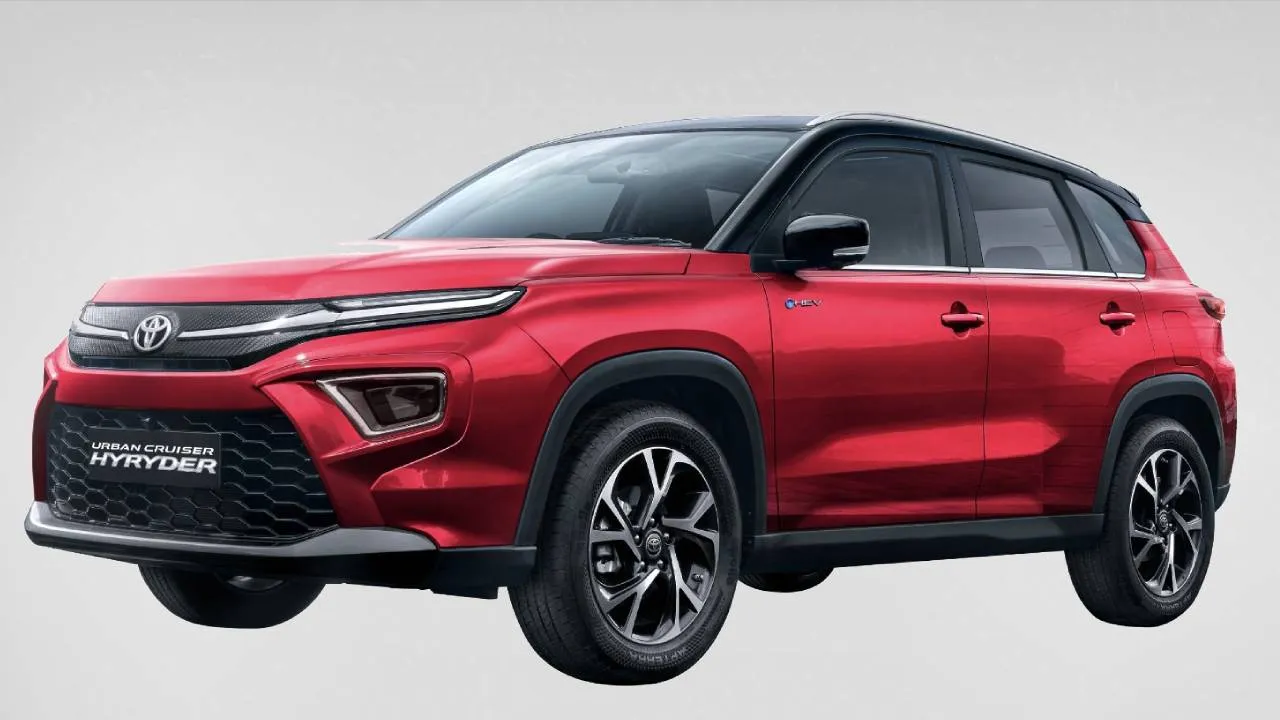
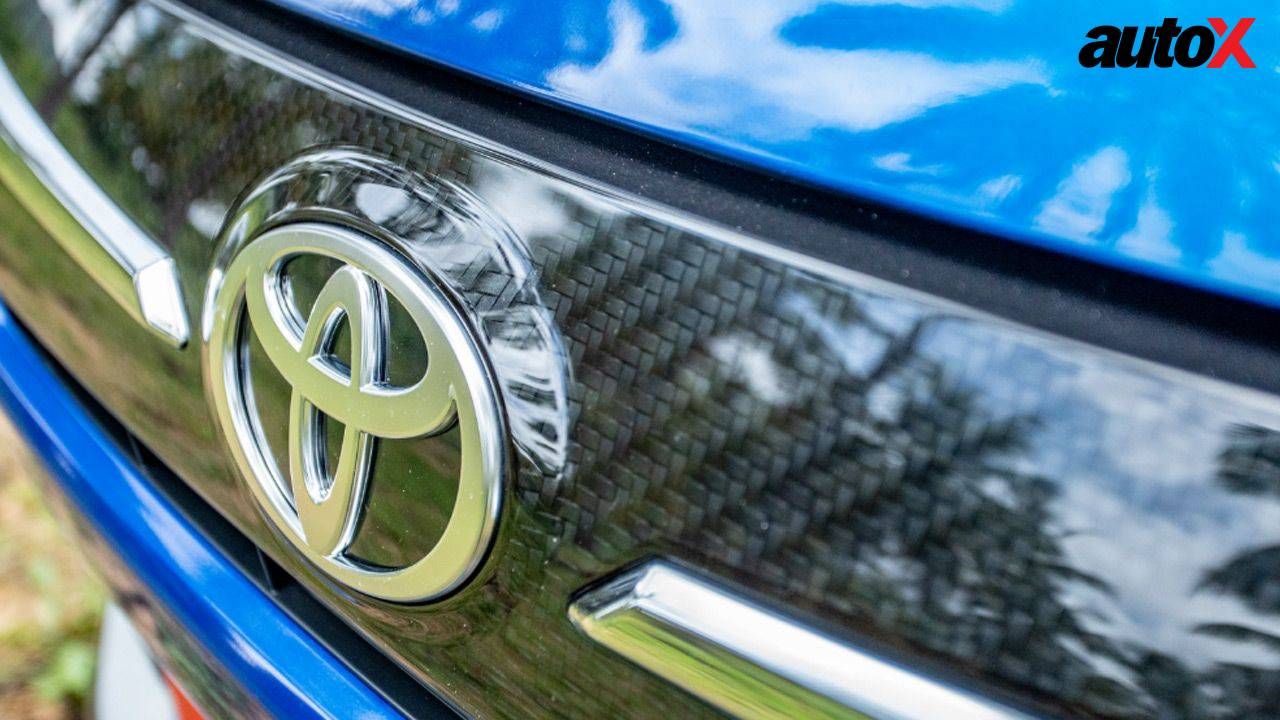
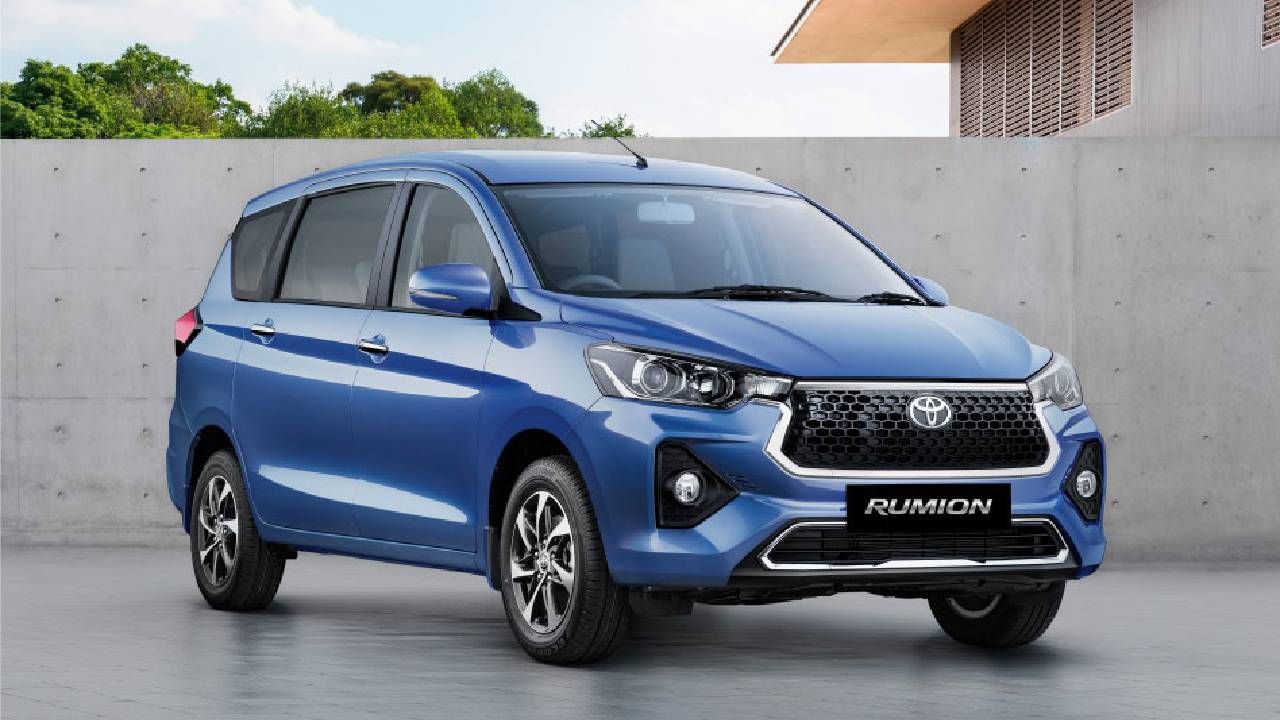
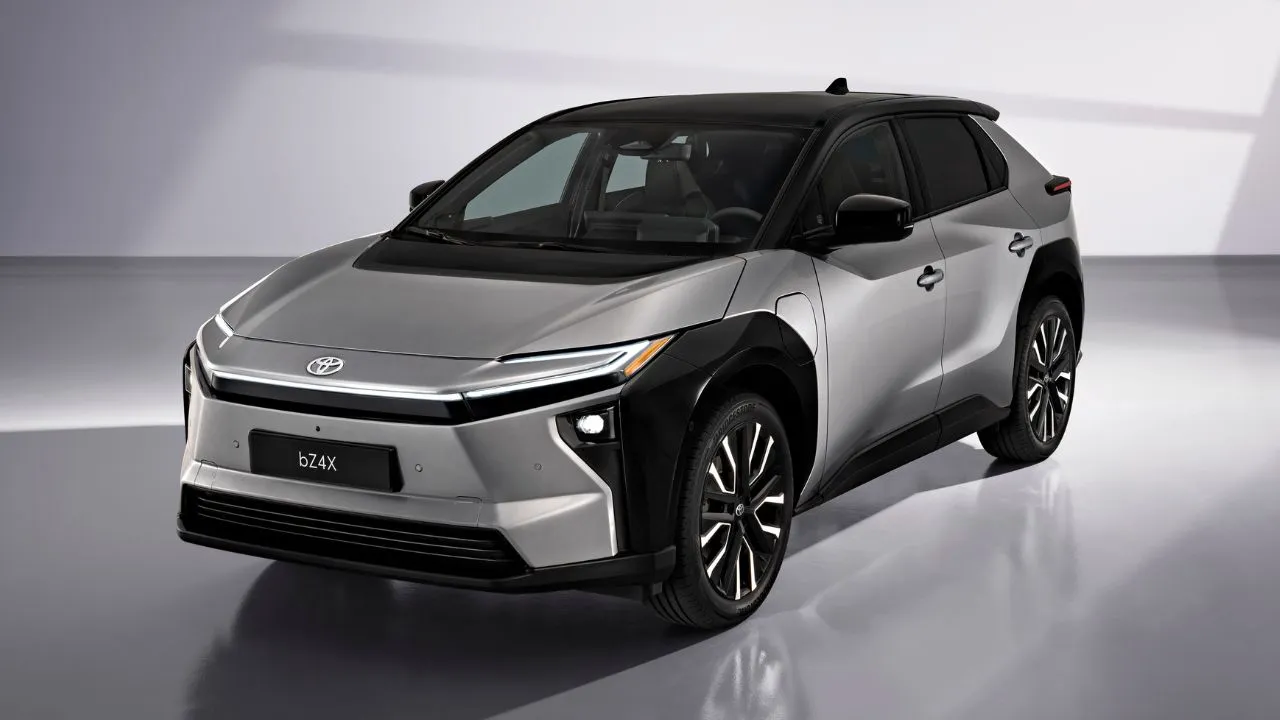

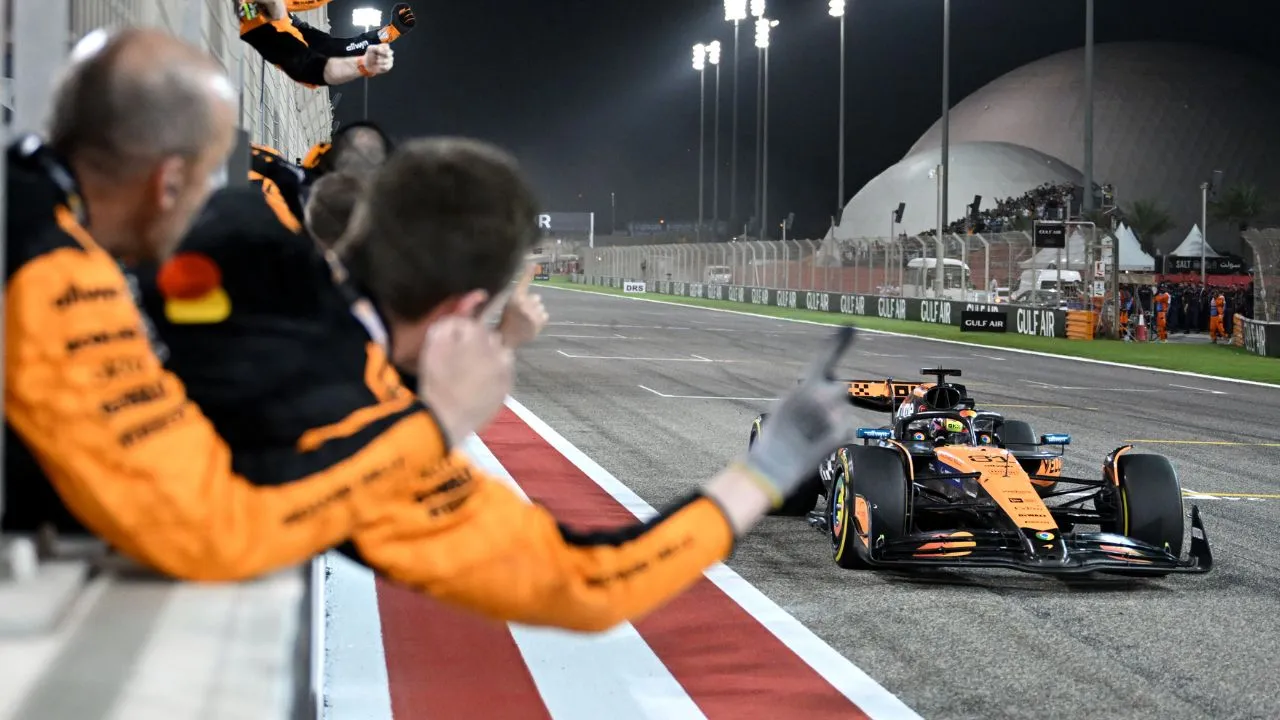

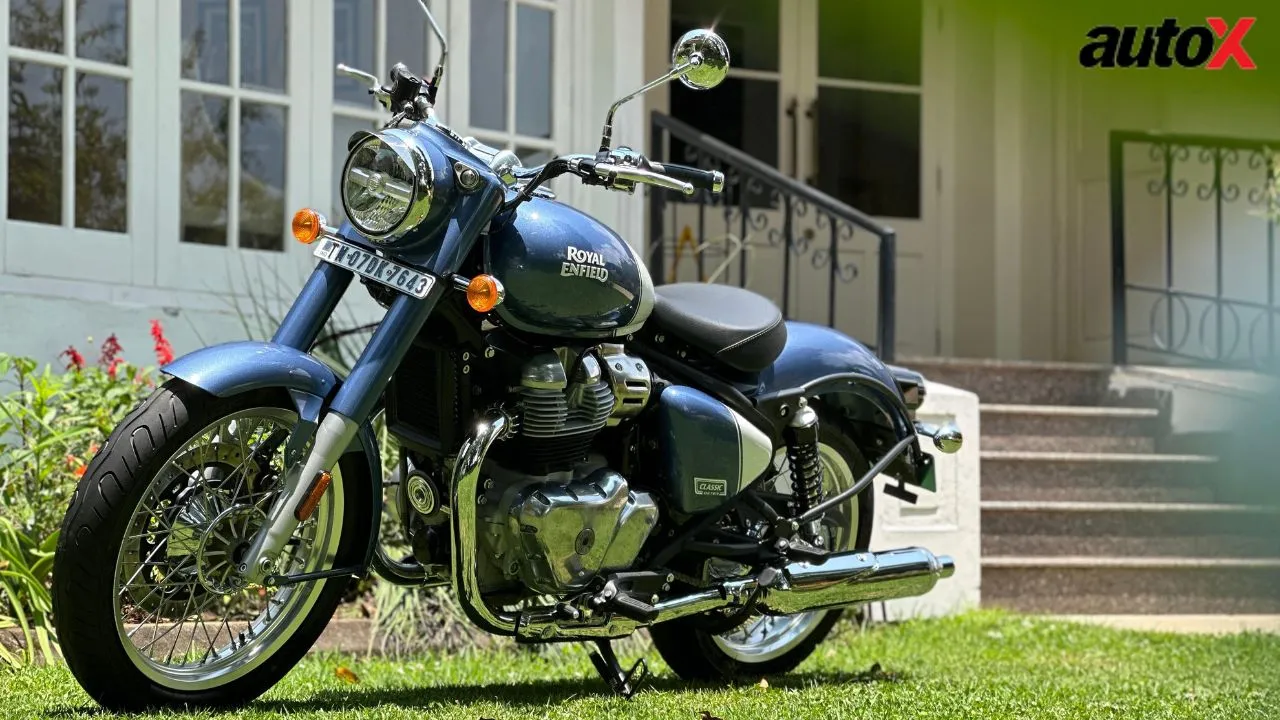
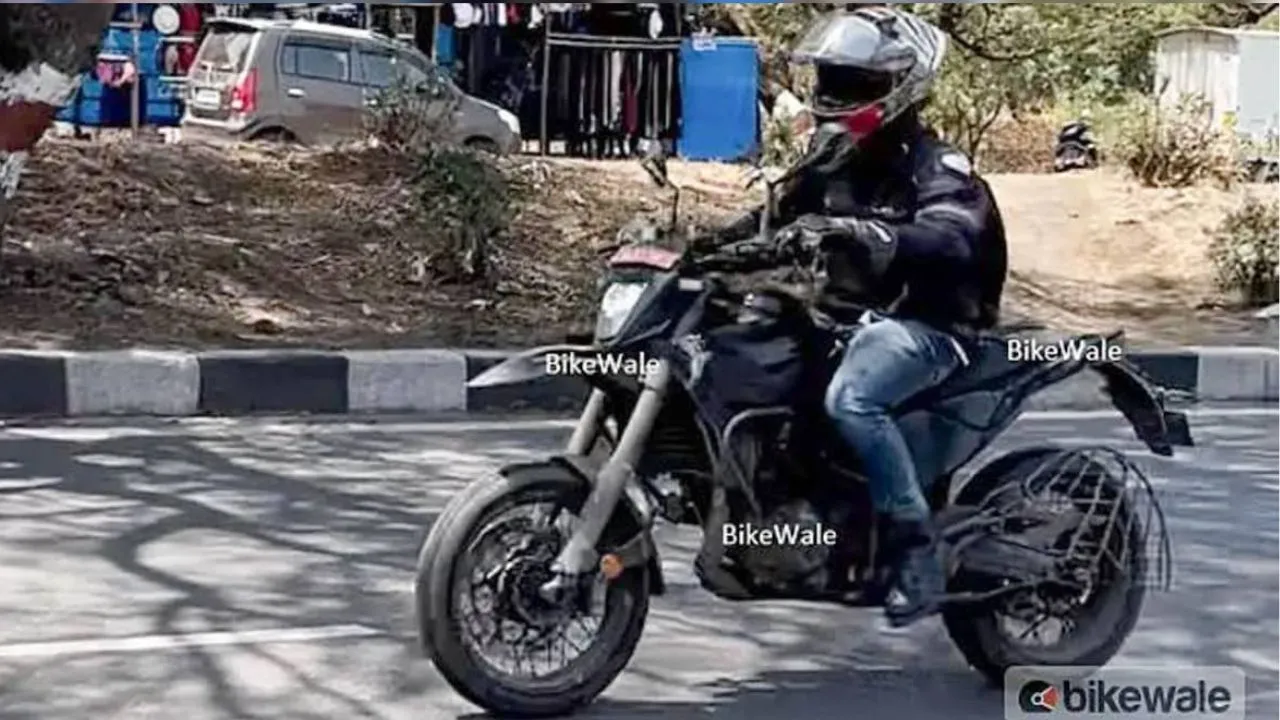
-(1).webp)


















Write your Comment on